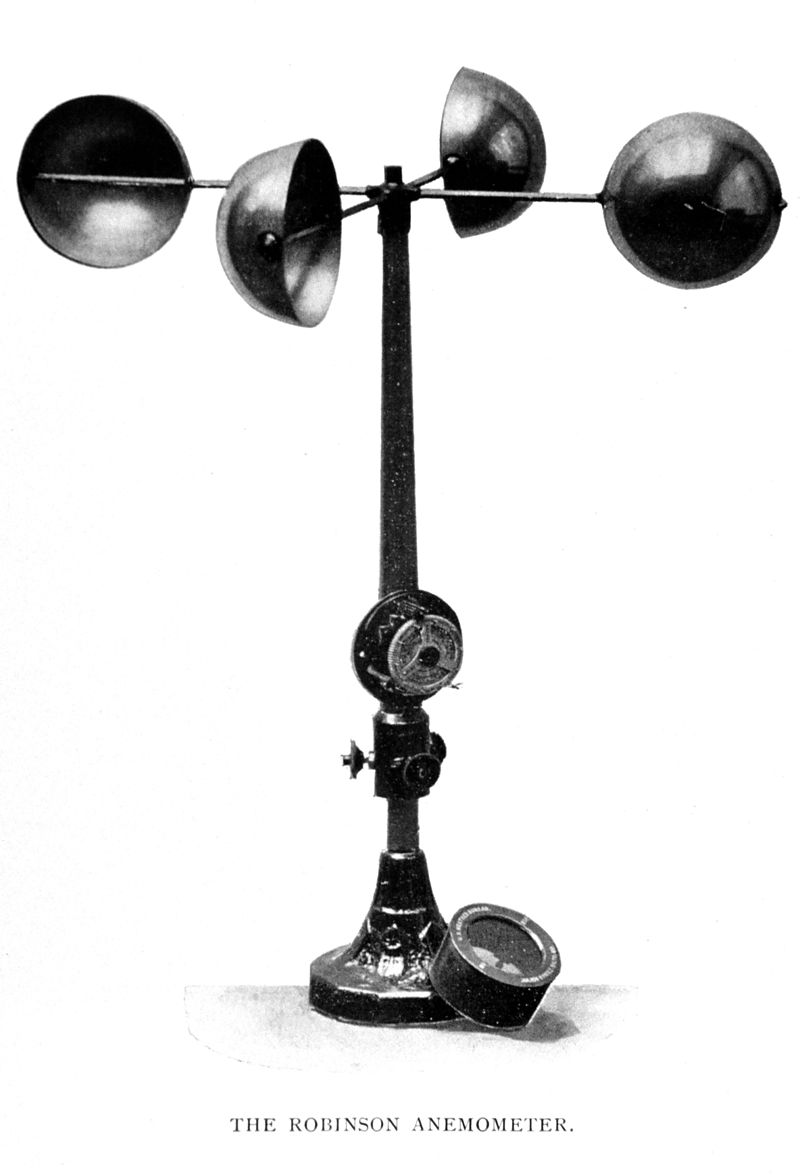Top Features to Look for in an Effective Anemometer for Accurate Wind Dimension
Top Features to Look for in an Effective Anemometer for Accurate Wind Dimension
Blog Article
All You Required to Find Out About Anemometers: Exactly How They Work, Why They Issue, and Where to Use Them
Anemometers, however commonly neglected in the realm of scientific instruments, play an essential role in numerous fields, supplying useful understandings into wind speed and air flow patterns. Understanding the mechanics behind these tools is necessary for anyone seeking to harness the power of this information. From meteorologists tracking climate patterns to designers creating structures with wind tons in mind, the applications of anemometers are diverse and far-ranging. As we explore the ins and outs of anemometer innovation, we will certainly uncover the inner workings of these devices, their importance, and the vital factors to consider when choosing the best anemometer for particular applications.

Anemometer Basics
A vital tool made use of to gauge wind speed and instructions, the anemometer plays a vital role in weather forecasting and various industries. An anemometer commonly is composed of 3 or four mugs that turn in the wind, a vane that directs into the wind, and sensors to track the movements or rotations. By determining the turnings or movements over a details time period, the anemometer can establish wind speed. The vane assists figure out wind instructions by pointing into the wind, providing important information for weather condition forecasting, aeronautics, maritime procedures, ecological surveillance, and wind power applications.
There are different sorts of anemometers available, consisting of mug anemometers, vane anemometers, hot-wire anemometers, and sonic anemometers, each with its distinct features and applications. Mug anemometers are frequently used for fundamental wind speed dimensions, while vane anemometers are chosen for directional dimensions. Hot-wire anemometers appropriate for low airspeeds, and sonic anemometers are suitable for high-precision dimensions in research and industrial settings. Comprehending the fundamentals of anemometers is vital for precise wind information collection and analysis across various fields.
Principles of Anemometer Operation
Structure on the fundamental understanding of anemometer essentials, the principles of anemometer operation illuminate the technicians behind wind speed and direction dimensions. Cup anemometers, for circumstances, have 3 or even more cups that capture the wind, creating them to spin faster as the wind rate his response rises. Hot-wire anemometers rely on a warmed wire that cools down as wind passes over it, with the price of cooling down identifying the wind speed.
Significance of Anemometers
Anemometers play an essential role in measuring wind rate and direction, providing essential information for weather condition forecasting, environment studies, environmental monitoring, and aeronautics procedures. Meteorologists depend on anemometers to collect exact wind information, aiding them comprehend climate patterns, forecast storms, and problem prompt warnings to the public. Wind ranch operators utilize anemometers to analyze wind conditions and take full advantage of electrical power production from wind generators.
Applications Throughout Numerous Industries
In the renewable power industry, anemometers play an essential function in evaluating wind problems for wind ranch placements, guaranteeing ideal energy manufacturing. Industries like building and mining utilize anemometers to check wind rates, crucial for safety and security methods, especially when functioning at heights or in open-pit mines where strong winds can posture hazards. In farming, anemometers help farmers in taking care of plant spraying by offering real-time data on wind rate to avoid drift.

Selecting the Right Anemometer for Your Needs
Selecting the ideal anemometer tailored to your details demands is important for obtaining accurate wind speed and direction measurements. When picking an anemometer, consider elements such as the designated application, called for dimension variety, environmental problems, and wanted attributes. For general purposes, a mug anemometer is suitable try this web-site for gauging wind speed, while a vane anemometer provides wind instructions data. Hot-wire anemometers are perfect for reduced airspeed measurements, and ultrasonic anemometers supply high accuracy and longevity.

Final Thought
In verdict, anemometers play an important function in gauging wind speed and direction throughout numerous markets. It is vital to take into consideration the importance of anemometers in order to make educated choices when picking the most ideal over here tool for gauging wind problems.
There are various types of anemometers available, consisting of cup anemometers, vane anemometers, hot-wire anemometers, and sonic anemometers, each with its one-of-a-kind features and applications. Cup anemometers are commonly utilized for fundamental wind speed dimensions, while vane anemometers are liked for directional dimensions. Hot-wire anemometers are suitable for low airspeeds, and sonic anemometers are optimal for high-precision dimensions in study and industrial setups.Structure on the foundational understanding of anemometer basics, the principles of anemometer procedure clarify the technicians behind wind speed and direction dimensions. For general functions, a cup anemometer is ideal for gauging wind speed, while a vane anemometer offers wind direction information.
Report this page